
The uncomfortable truth emerging from the United States’ most intense bombing campaign in the Middle East since 1991’s Desert Storm is that massive firepower does not guarantee strategic victory. Operation Rough Rider-which began in March 2025-has hurled carrier-based jets, stealth bombers, and drones against Yemen’s Iran-backed Houthis in an effort to disable their missile and drone capabilities and clear a path for Red Sea shipping. It struck over 1,100 targets in 52 days-but its longer-term effect is still debated.
Operating from the rugged terrain of Yemen and supplied from Tehran, the Houthis proved resilient. At no time, even at record sortie rates and precision strikes, was the tempo of operation ever decisively broken. Rough Rider thus constitutes a very rare case study for scholars of defense and military observers in terms of modern high-intensity maritime interdiction, joint strike coordination, and limits on airpower against ideologically driven and well-supplied insurgents.
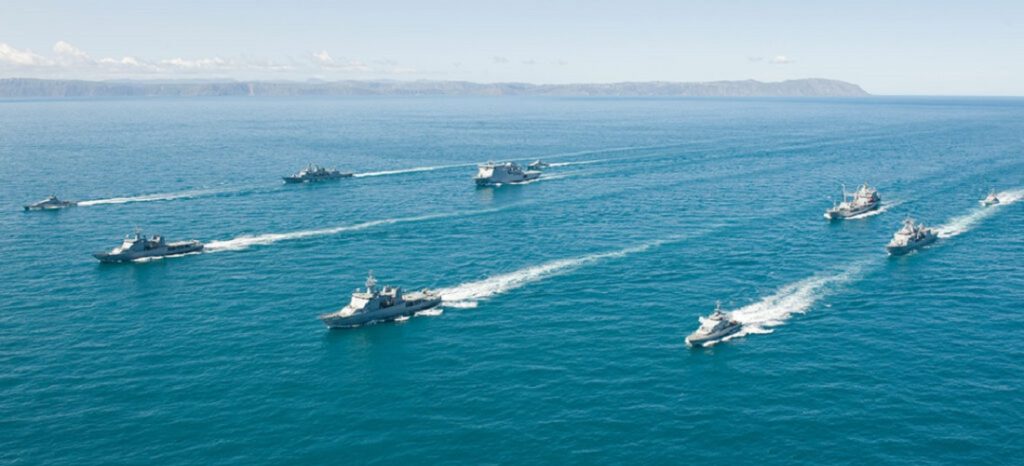
1. The Red Sea Crisis Trigger
By late 2023, hundreds of commercial vessels had been struck in what is arguably one of the busiest maritime corridors in the world insurance premiums surged, and shipping firms began routing around Africa’s Cape of Good Hope-a route that adds weeks to transit times and billions in costs. The attacks-framed by the leadership of the Houthis as a way to pressure Israel over Gaza-have turned a regional insurgency into a global trade threat.

2. Why Limited Strikes Failed
From November of 2023 into early 2025, periodic US precision strikes hit Houthi facilities. A year later, the number of attacks mounted 40 percent a year. Iranian supply chains enabled them to rebuild more rapidly than they were being struck. Pentagon planners assessed that only sustained, overwhelming force would significantly degrade capabilities. That assessment led the Trump administration to authorize a significant escalation.
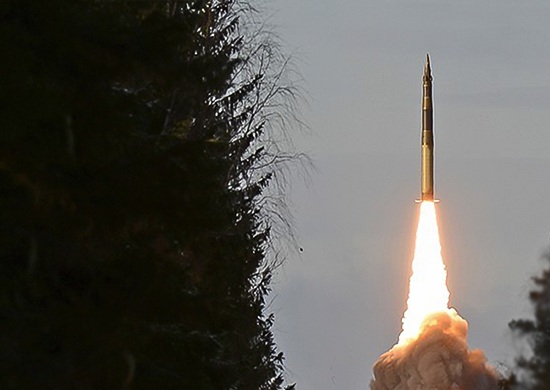
3. The Houthis’ Arsenal Expands
The Iranian Qods Force, along with associated networks, has provided the Houthis with ballistic missiles with up to 1,450 km range, cruise missiles, naval drones, and anti-ship systems. Smuggling by dhows and seized stockpiles of the Yemeni army have created a layered arsenal enabling them to strike at ships across the Red Sea and beyond. This underlines their anti-access strategy and resilience against air campaigns.
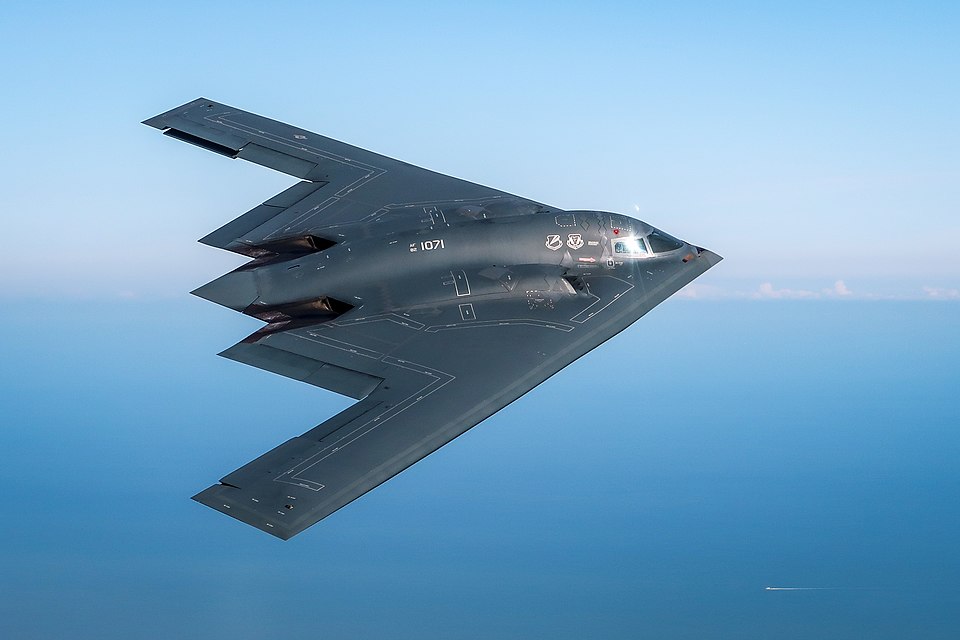
4. Scale of Operation Rough Rider
Operation Rough Rider kicked off on 15 March 2025, consisting of two carrier strike groups, six B-2 stealth bombers, Air Force jets, and MQ-9 Reapers. Up to 1,100 targets-a mix of command centers, missile depots, and drone factories, radar sites, among others-were struck over 52 days. In all, the USS Harry S. Truman alone accounted for 670 strikes, its deck a near-constant blur as Super Hornets rocketed off every few minutes into a maelstrom of anti-aircraft fire. Bomb tonnage exceeded 5,000 tons, making this the costliest American air campaign in the Middle East since Desert Storm.
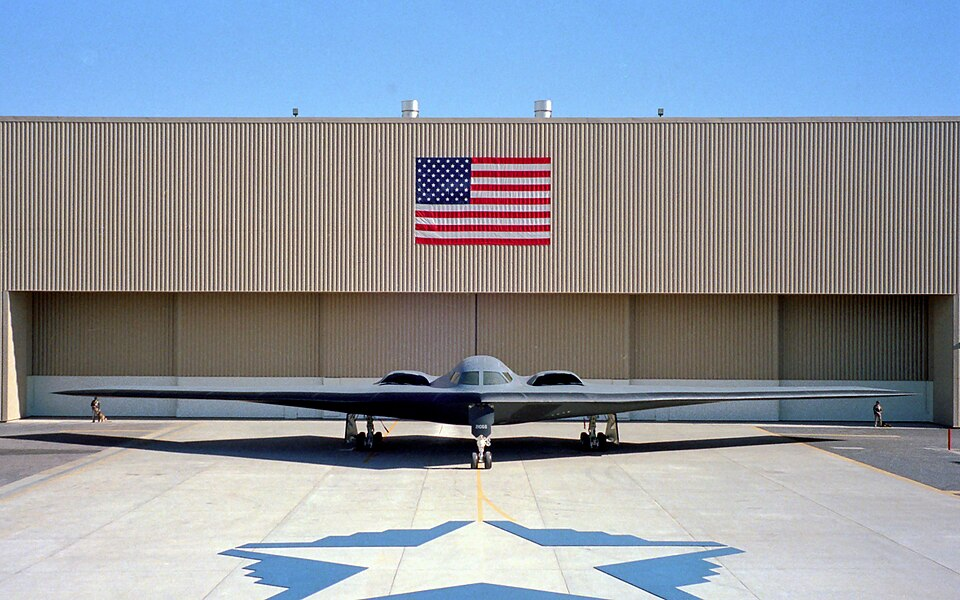
5. Stealth Bombers and Bunker Busting:
B-2 Spirits flying from Diego Garcia reached hardened missile storage and command posts carrying the 30,000 lb GBU-57 Massive Ordnance Penetrator to reach defenses well out of reach for conventional jets. These reportedly destroyed critical nodes in the Houthis’ command network and signaled U.S. reach to Tehran.
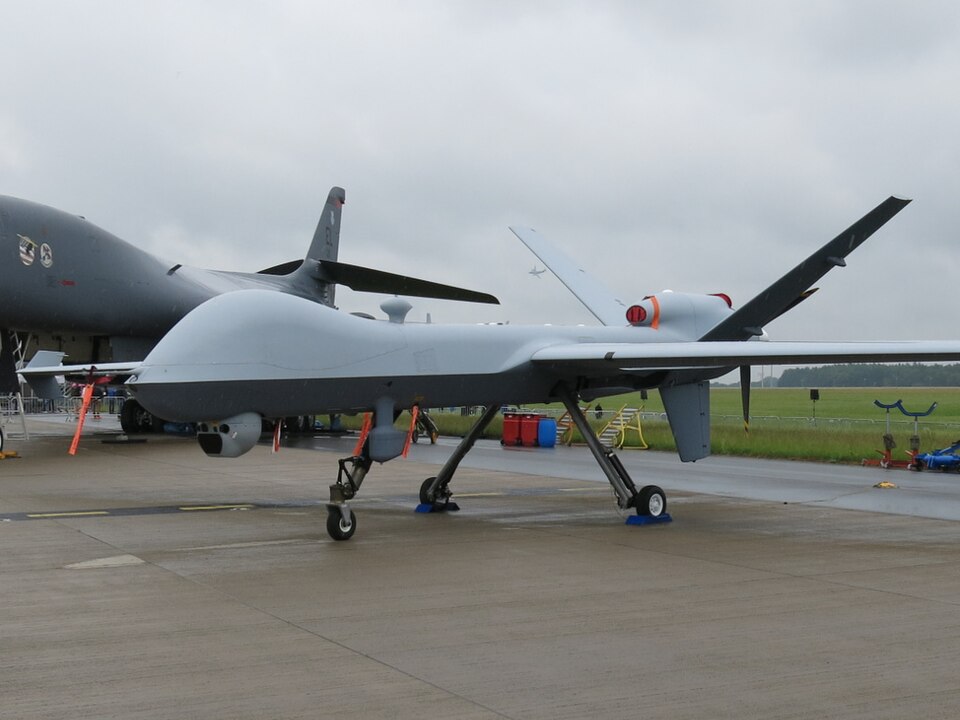
6. MQ-9 Reaper Losses and Air Defense Threats:
From March 31 to April 22, the Houthis downed seven MQ-9 Reapers, each reportedly valued at $30 million. Material losses on this scale had never occurred in this campaign. The drones were making crucial ISR and strike contributions considered vital to targeting. Enhanced Houthi surface-to-air missile capability challenges UAV survivability and drives a need for upgrades in countermeasures.
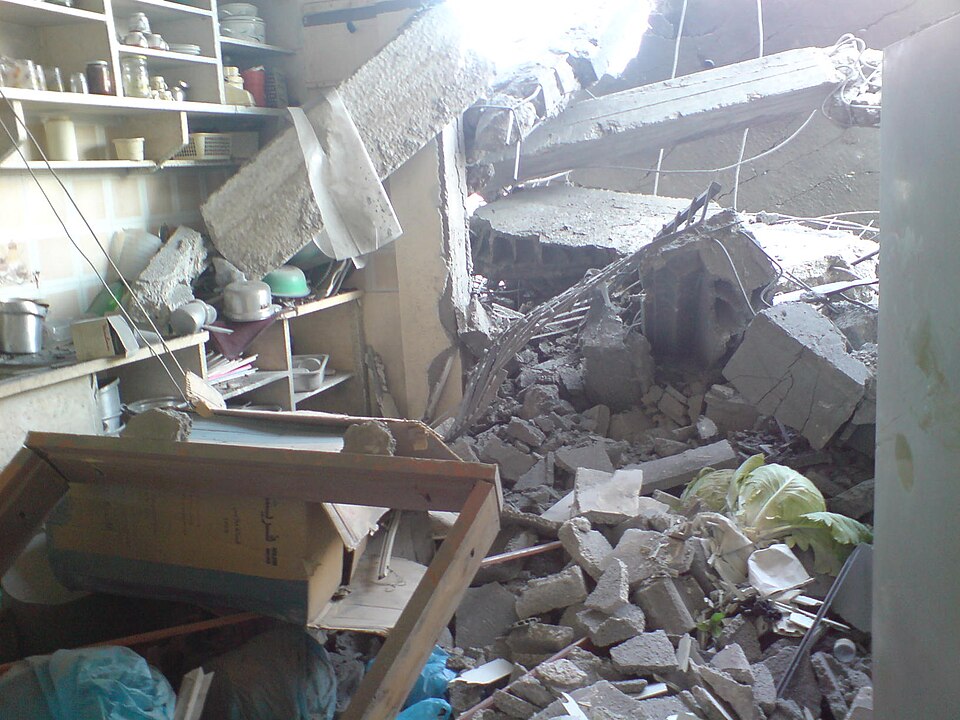
7. Civilian Casualties and Political Costs:
Independent monitors documented 224 civilian deaths during Rough Rider, including 90 killed in a strike on a Houthi-run prison that Amnesty International called a possible war crime. Regional governments publicly backed the campaign but privately expressed alarm over humanitarian blowback that sullied U.S. reputation in parts of the Arab world.
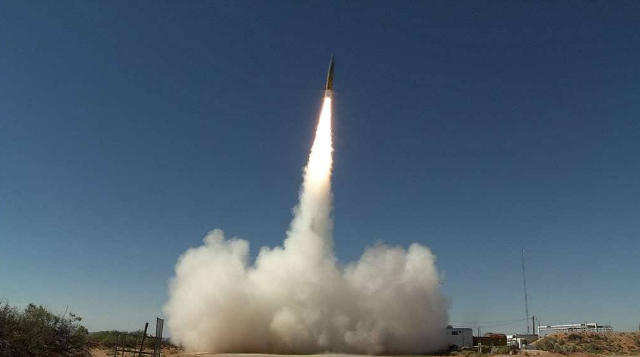
8. Strategic Outcomes and Resilience:
CENTCOM reported that ballistic missile launches were down 69 percent and drone attacks 55 percent during the campaign. Yet analysts likened the fight to a hydra destroyed facilities were quickly replaced, core capabilities survived, and ideological resolve and Iranian resupply allowed the Houthis to adapt and resume operations.

9. Ceasefire and Diplomatic Calculations:
On May 6, 2025, Oman brokered a ceasefire. Trump announced victory, but the abrupt halt implied concerns about cost versus benefit: over $2 billion expended, high-value assets lost, and no decisive neutralization of the threat. Other analysts say that the linkage of the operation with parallel nuclear talks with Iran weighed in its termination, a function of how military campaigns link to diplomatic leverage. Operation Rough Rider showed unprecedented U.S. strike capability, joint force integration, and logistical understanding.
However, it also exposed the limitations of airpower against dispersed, well-resourced insurgents with ideological stamina. That may draw lessons for the defense planners on issues related to combining sustainable pressure with a political strategy, asset vulnerability handling, and anticipation of adversary adaptation. The Red Sea remains contested, and the strategic problem has outlived the last bomb dropped.

